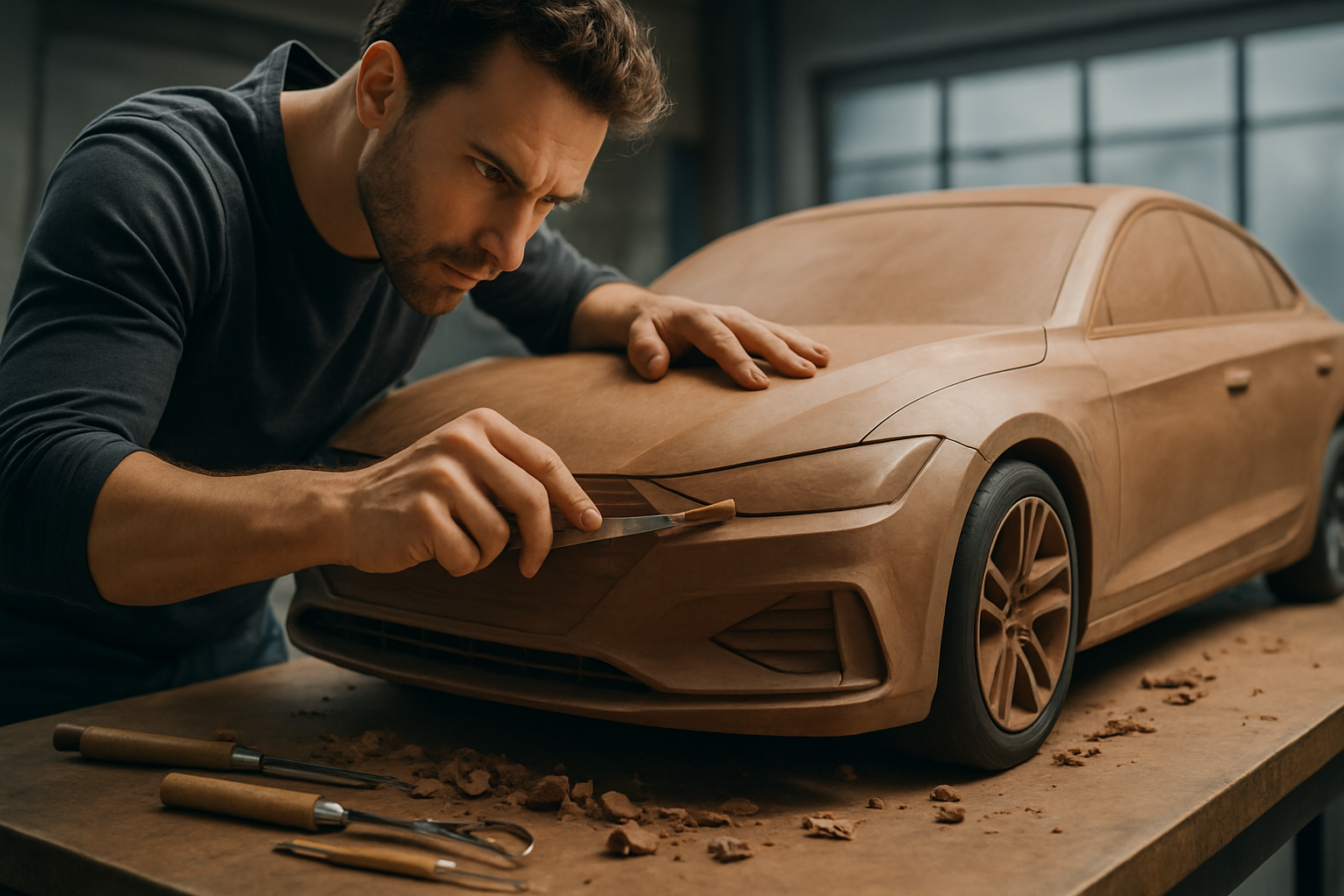Decoding the Art of Automotive Clay Modeling
In the world of automotive design, there's a surprisingly traditional craft that continues to shape the future of our vehicles. Clay modeling, a technique that predates computer-aided design, remains an integral part of the car creation process. This hands-on approach allows designers to breathe life into their concepts, transforming two-dimensional sketches into tangible, three-dimensional forms.

Initially, the clay used was a mixture of petroleum-based waxes and oils, along with fillers like kaolin clay. This composition allowed for easy manipulation but lacked durability. As the technique evolved, so did the materials. Modern automotive clay is a proprietary blend of waxes, oils, and fillers that can withstand the rigors of the design process while maintaining its malleability.
The Clay Modeling Process
The journey from concept to clay model is a meticulous one. It begins with designers creating initial sketches and renderings of the vehicle. These 2D representations are then translated into a digital 3D model using computer-aided design (CAD) software. This digital model serves as the foundation for the physical clay model.
A full-size armature, typically made of foam or wood, is constructed based on the digital model’s dimensions. This armature is then covered with industrial plasticine clay, applied in layers and sculpted to match the digital design. Skilled modelers use a variety of tools, from large rakes to small dental instruments, to shape the clay and add intricate details.
The Human Touch in a Digital Age
Despite advancements in digital design tools, clay modeling persists because it offers something that computer screens cannot – a tactile, three-dimensional representation that can be viewed and modified in real-world conditions. This tangibility allows designers and executives to assess proportions, surface transitions, and overall aesthetics in a way that’s impossible with purely digital renderings.
Clay models also serve as a canvas for experimentation. Designers can make real-time adjustments, adding or removing clay to alter lines, curves, and details. This iterative process often leads to design improvements that might not have been apparent in digital form.
Blending Tradition with Technology
While clay modeling might seem at odds with modern automotive design practices, it actually complements digital tools remarkably well. Many car manufacturers now employ a hybrid approach, seamlessly integrating clay modeling with cutting-edge technology.
For instance, 3D scanning technology allows clay models to be digitized, enabling designers to switch between physical and digital representations effortlessly. This scanned data can be used to refine the digital model or create a milled replica of the clay model for further testing and evaluation.
Virtual reality (VR) and augmented reality (AR) technologies are also being incorporated into the clay modeling process. Designers can overlay digital elements onto physical clay models, allowing them to visualize different design options without physically altering the clay.
The Future of Automotive Clay Modeling
As we look to the future, it’s clear that clay modeling will continue to play a crucial role in automotive design, albeit in an evolving capacity. The integration of advanced technologies like 3D printing and artificial intelligence may further enhance the clay modeling process, potentially allowing for faster iterations and more precise sculpting.
However, the core value of clay modeling – its ability to provide a tangible, real-world representation of a vehicle’s design – is likely to ensure its place in the automotive design world for years to come. As long as cars are designed to be experienced in the physical world, there will be a need for physical models in the design process.
In an industry that’s constantly pushing the boundaries of technology, it’s fascinating to see how a traditional craft like clay modeling continues to shape the cars of tomorrow. It serves as a reminder that in the world of automotive design, the human touch remains irreplaceable, bridging the gap between digital precision and artistic expression.





